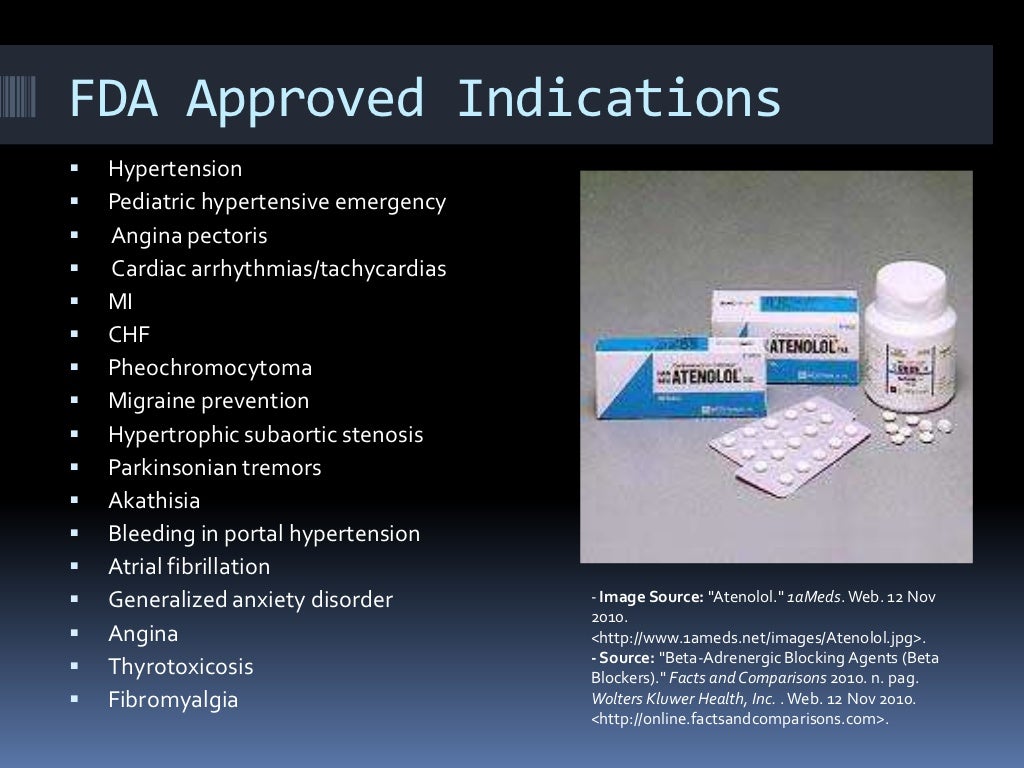

The bolus dose of glucagon is 3 to 10 milligrams (30 to 150 micrograms/kg in children), and if a response is not seen within 15 minutes, a repeat bolus can be given. 2, 3 Due to the short duration of effect, a continuous infusion is often necessary after bolus administration.

Effects from an IV bolus of glucagon are seen within 1 to 2 minutes, reach a peak in 5 to 7 minutes, and have a duration of action of 10 to 15 minutes. 2, 19 Glucagon, produced in the pancreatic α-cells from proglucagon, independently activates myocardial adenylate cyclase, bypassing the impaired β-receptor ( Figure 194-1). Glucagon is a first-line agent in the treatment of acute β-blocker–induced bradycardia and hypotension. To prevent overdrive of the cell, phosphodiesterase breaks down cyclic adenosine monophosphate to adenosine 5'-monophosphate, thus removing the stimulus for calcium channel opening, and the contractile process ceases. Like the cardiac myocyte, the vascular smooth muscle uses L-type calcium channels to regulate intracellular calcium and subsequently coordinate vascular tone. Stored calcium becomes available to participate in mechanical contraction via the actin and myosin complex. This process is termed calcium-induced calcium release. Extracellular calcium is then coupled to the ryanodine receptor to carry the calcium current to the sarcoplasmic reticulum, which then releases its stored calcium. Increased cyclic adenosine monophosphate ultimately phosphorylates the L-type calcium channel, which leads to channel opening and calcium entry into the cell. This G s protein stimulates adenylate cyclase, which in turn catalyzes the formation of cyclic adenosine monophosphate, the so-called intracellular second messenger.

The β-receptor is coupled to a stimulatory G s protein.


 0 kommentar(er)
0 kommentar(er)
